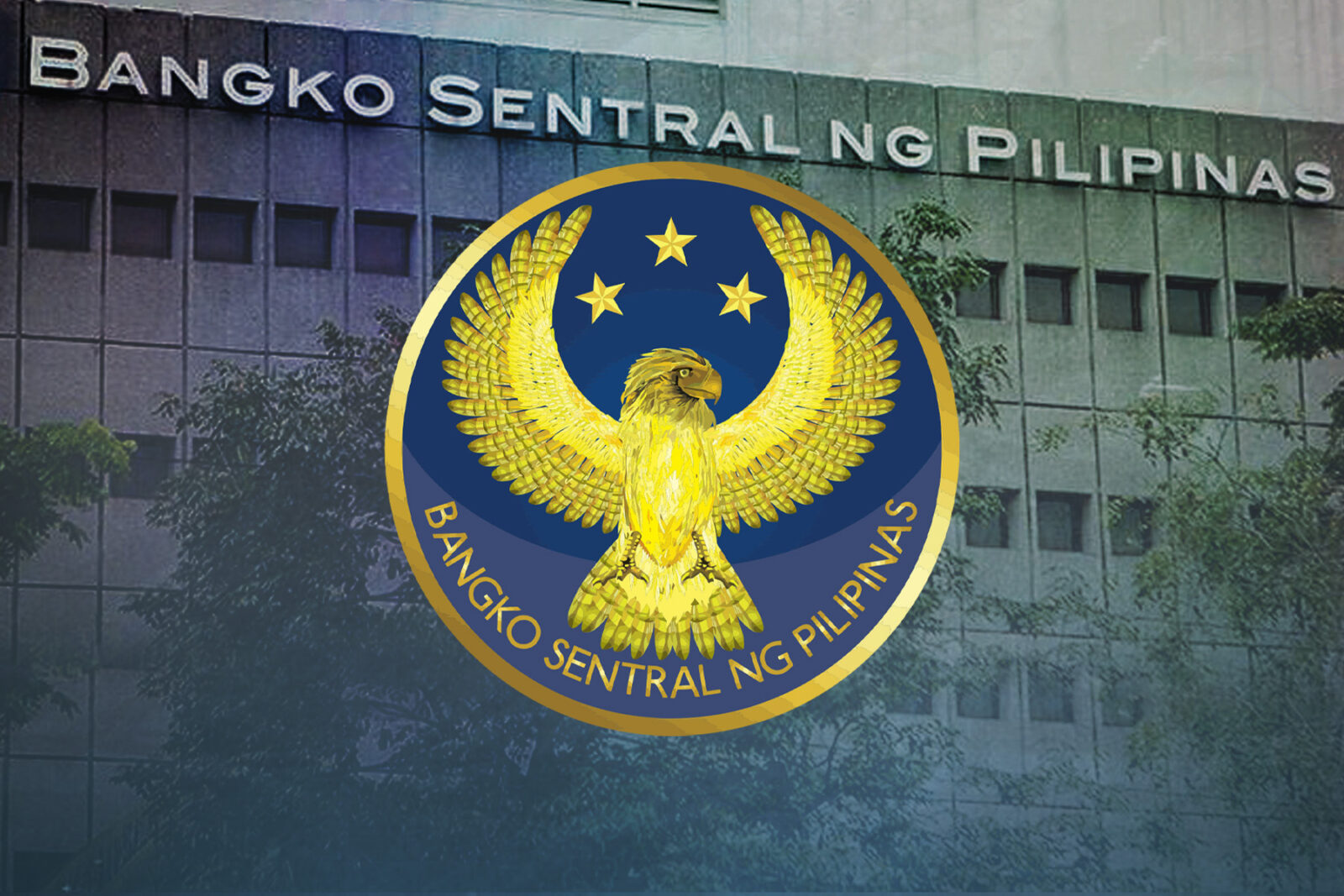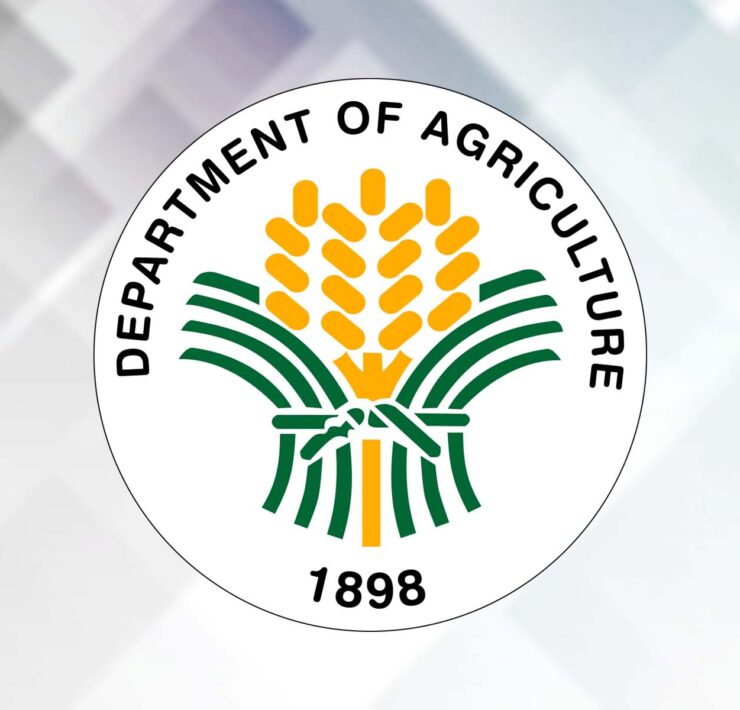BSP, PhilFIDA explore ways to use abaca in polymer banknotes

The Bangko Sentral ng Pilipinas (BSP) and the Philippine Fiber Industry Development Authority (PhilFIDA) have started discussions on the return of abaca into the country’s banknotes.
“We have talked to the Bangko Sentral ng Pilipinas and we are now working together to bring back abaca into our currency,” Ali Atienza, executive director of PhilFIDA, said in an interview with government-run Radyo Pilipinas on Tuesday.
Atienza said the BSP was “very interested” in this move and has requested PhilFIDA’s technical help to break down abaca so that it can be used as raw material in the production of new polymer banknotes.
Sought for comment, the central bank said it would in the meantime continue producing paper banknotes made from abaca.
“These will remain legal tender and co-circulate with polymer banknotes,” the BSP said on Tuesday. “This ensures that the abaca industry remains a key partner of the BSP in currency production.”
Research
The BSP also expressed its readiness to help the abaca industry’s research on incorporating abaca into polymer materials, which could support future banknote production.
According to the Department of Agriculture (DA), abaca is indigenous to the Philippines, which accounted for 86 percent of global supply in 2023. Almost all locally produced abaca pulp is exported.
The abaca industry generated an average annual export revenue of $139.2 million between 2014 and 2023, with 18 percent derived from raw fiber and 82 percent from manufactured products, mainly pulp, it said.
The DA initiated discussions with the BSP on the renewed use of abaca as the latter’s decision to stop using paper banknotes containing abaca in favor of polymer notes had adversely affected the livelihoods of millions of Filipinos who rely on the abaca industry.
Agriculture Secretary Francisco Tiu Laurel Jr. said the DA would urge other agencies such as the Department of Foreign Affairs to incorporate abaca fiber into Philippine passports and other official documents.
In 2022, the central bank started issuing polymer banknotes alongside paper currency with 1000-piso bills, and added 500-, 100- and 50-piso bills last December.
The BSP said it introduced polymer banknotes as a smarter, cleaner and stronger option because they have more advanced security features against counterfeiting.
They can also last two to five times longer than paper banknotes.
It noted that counterfeit rates stood at only one per 82 million pieces, lower than one per 19,000 for paper banknotes.
To date, over 40 countries use polymer banknotes.





















From flood control to farm-to-market roads